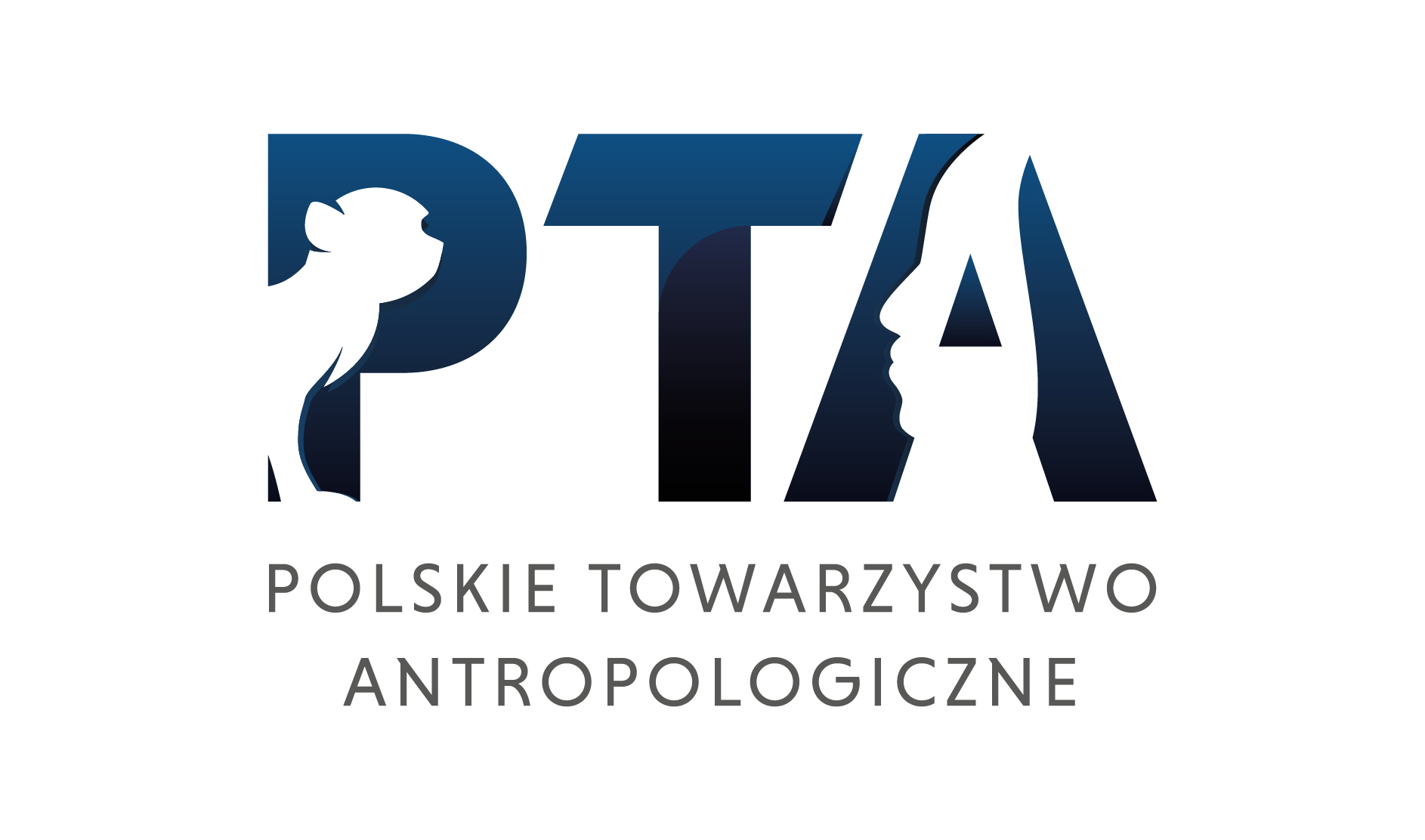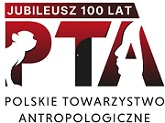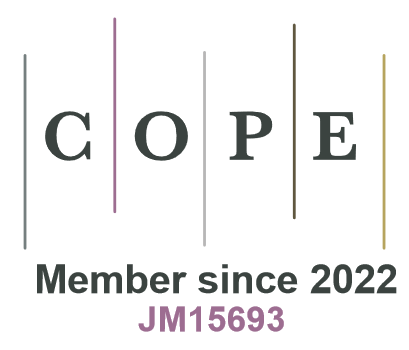Becoming a hominid: Notes on the early taxonomy of Australopithecus
DOI:
https://doi.org/10.18778/1898-6773.63.03Keywords:
Taung, Australopithecus, Hominidae, Paul Adloff, Dudley J. MortonAbstract
The paper attempts to trace the first suggestions that the Australopithecus should be classified as a hominid. It would appear that the first classification of Australopithecus as a member of the family Hominidae is to be found in the works of the German anthropologist Paul Adloff and the American scientist Dudley J. Morton. Adloff.s and especially Morton.s views, although largely neglected at the time when they were first articulated, represent the first steps towards the modern position on the taxonomy of Australopithecus.
Downloads
References
ABEL W., 1931, Kritische Untersuchungen über Australopithecus africanus Dart, Gegenbaurs morphologische Jahrbuch, 65, 539-640
View in Google Scholar
ADLOFF P., 1932, Das Gebiss von Australopithecus africanus Dart: Einige erganzende Bemergungen zum Eckzahnproblem, Zeitschrift fur Anatomie und Entwicklungsgeschichte, 97, 145-156
View in Google Scholar
DOI: https://doi.org/10.1007/BF02134379
BOAZ N. T., 1981, History of American paleoanthropological research on early Hominidae, 1925-1980, Am. J. Phys. Anthropol., 56, 397-406
View in Google Scholar
DOI: https://doi.org/10.1002/ajpa.1330560413
BOWLER P. J., 1986, Theories of Human Evolution: A Century of Debate, 1844-1944, John Hopkins University Press, Baltimore
View in Google Scholar
BROOM R., 1933, The Coming of Man: Was it Accident or Design?, Witherby, London
View in Google Scholar
BROOM R., 1950, Finding the missing link, Watts, London
View in Google Scholar
DART R., 1925, Australopithecus africanus the man-ape of South Africa, Nature, 112, 195-199
View in Google Scholar
DOI: https://doi.org/10.1038/115195a0
DART R. A., D. CRATG, 1959, Adventures with the Missing Link, Harper, New York
View in Google Scholar
GREGORY W. K., 1916, Studies on the evolution of primates, Bulletin of the American Museum of Natural History, 35, 336-344
View in Google Scholar
GREGORY W. K., 1930, The origin of man from a brachiating anthropoid stock, Science, 71, 645-650
View in Google Scholar
DOI: https://doi.org/10.1126/science.71.1852.645
GREGORY W. K., M. HELMAN, 1939a, Fossil man-apes of South Africa, Nature, 43, 25-26
View in Google Scholar
DOI: https://doi.org/10.1038/143025b0
GREGORY W. K., M. HELMAN, 1939b, The dentition of the extinct South African man-ape Australopithecus (Plesianthropus) transvaalensis Broom. A comparative and phylogenetic study, Annals of the Transvaal Museum, 19, 339-373
View in Google Scholar
GREGORY W. K., M HELMAN, 1939c, The South African fossil man-apes and the origin of the human dentition, Journal of the American Dental Association, 26, 558-564
View in Google Scholar
DOI: https://doi.org/10.14219/jada.archive.1939.0113
LE GROS CLARK W. E., 1967, Man-apes or Apeman? The Story of Discoveries in Africa, Holt, Reinhart and Winston, Tnc., New York
View in Google Scholar
MAYR E., 1950, Taxonomic categories in fossil hominids, Cold Spring Harbor Symposia on Quantitative Biology, 15, 109-117
View in Google Scholar
DOI: https://doi.org/10.1101/SQB.1950.015.01.013
MORTON D. J., 1922, Evolution of the human foot. Part I, Am. J. Phys. Anthropol., 5, 305-336
View in Google Scholar
DOI: https://doi.org/10.1002/ajpa.1330050409
MORTON D. J., 1924a, Evolution of the human foot. Part II, Am. J. Phys. Anthropol., 7, 1-52
View in Google Scholar
DOI: https://doi.org/10.1002/ajpa.1330070114
MORTON D. J., 1924b, Evolution of the longitudinal arch of the human foot, Journal of Bone and Joint Surgery, 6, 17-24
View in Google Scholar
MORTON D. J., 1926a, Significant characteristics of the Neanderthal foot, Nat. Hist., 26, 130-134
View in Google Scholar
MORTON D. J., 1926b, Evolution of man’s erect posture, Journal of Morphology and Physiology, 43, 147-179
View in Google Scholar
DOI: https://doi.org/10.1002/jmor.1050430108
MORTON D. J., 1927, Human origin: correlation of previous studies of primate feet and posture with other morphological evidence, Am. J. Phys. Anthropol., 10, 173-203
View in Google Scholar
DOI: https://doi.org/10.1002/ajpa.1330100203
REED C. A., 1983, A short history of the discovery and early study of the australopithecines: the first find to the death of Robert Broom (1925-1952), [in:] Hominid Origins: Inquiries Past and Present, Reichs, K. J. (ed.), University of America Press
View in Google Scholar
STEPAN N., 1982, The Idea of Race in Science: Great Britain 1800-1960, Archon Books, Hamden
View in Google Scholar
DOI: https://doi.org/10.1007/978-1-349-05452-7
STENT, G. S., 1972, Prematurity and uniqueness in scientific discovery, Sci. Am., 227, 84-93
View in Google Scholar
DOI: https://doi.org/10.1038/scientificamerican1272-84
TATTERSALL T., 1995, The Fossil Trail, Oxford University Press, New York and Oxford
View in Google Scholar
TOBTAS P. V., 1982, Man the Tottering Biped: The Evolution of His Erect Posture, Committee in Postgraduate Medical Education, University of New South Wales, NSW Australia
View in Google Scholar
TOBTAS P. V., 1984, Dart, Taung and the ‘Missing Link’, Witwatersrand University Press for the Tnstitute for the Study of Man in Africa, Johannesburg
View in Google Scholar
TOBTAS P. V., 1996, Premature discoveries in science with especial reference to Australopithecus and Homo habilis, Proc. Am. Phil. Soc., 14, 49-64
View in Google Scholar
TOBTAS P. V., 1998, Ape-like Australopithecus after seventy years: was it a hominid?, J. Roy. Anthropol. Tnst., (N.S.) 4, 283-308
View in Google Scholar
DOI: https://doi.org/10.2307/3034503
WATSON E., S. ESTEAL, D. PENNY, 1998, Homo genus: a taxonomic revision, Paper presented at the Dual Congress, Sun City, South Africa, 28 June - 4 July 1998
View in Google Scholar
WASHBURN L. S., 1985, Human Evolution after Raymond Dart, Witwatersrand University Press for the Tnstitute for the Study of Man in Africa, Johannesburg
View in Google Scholar
Downloads
Published
How to Cite
Issue
Section
License

This work is licensed under a Creative Commons Attribution-NonCommercial-NoDerivatives 4.0 International License.








